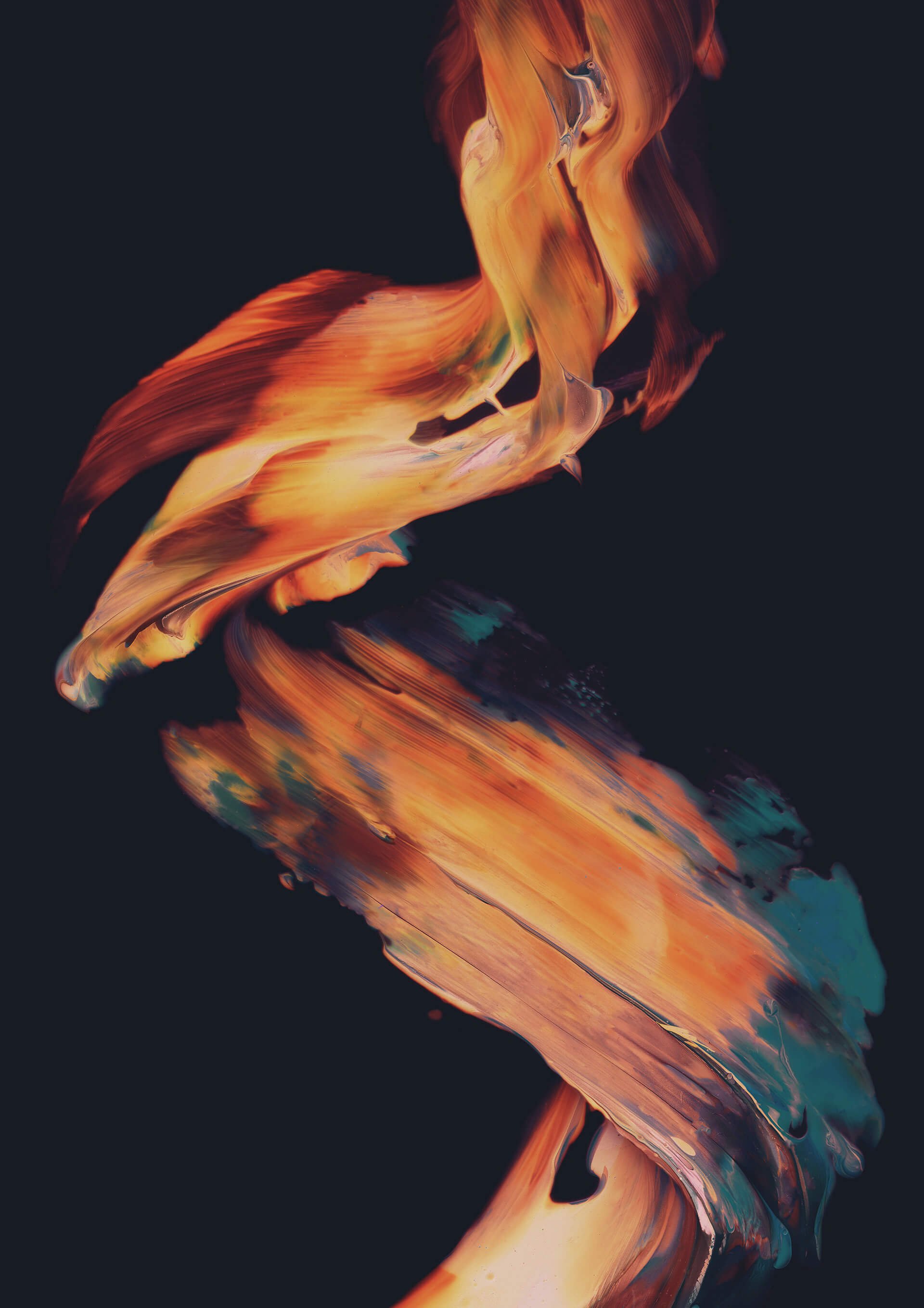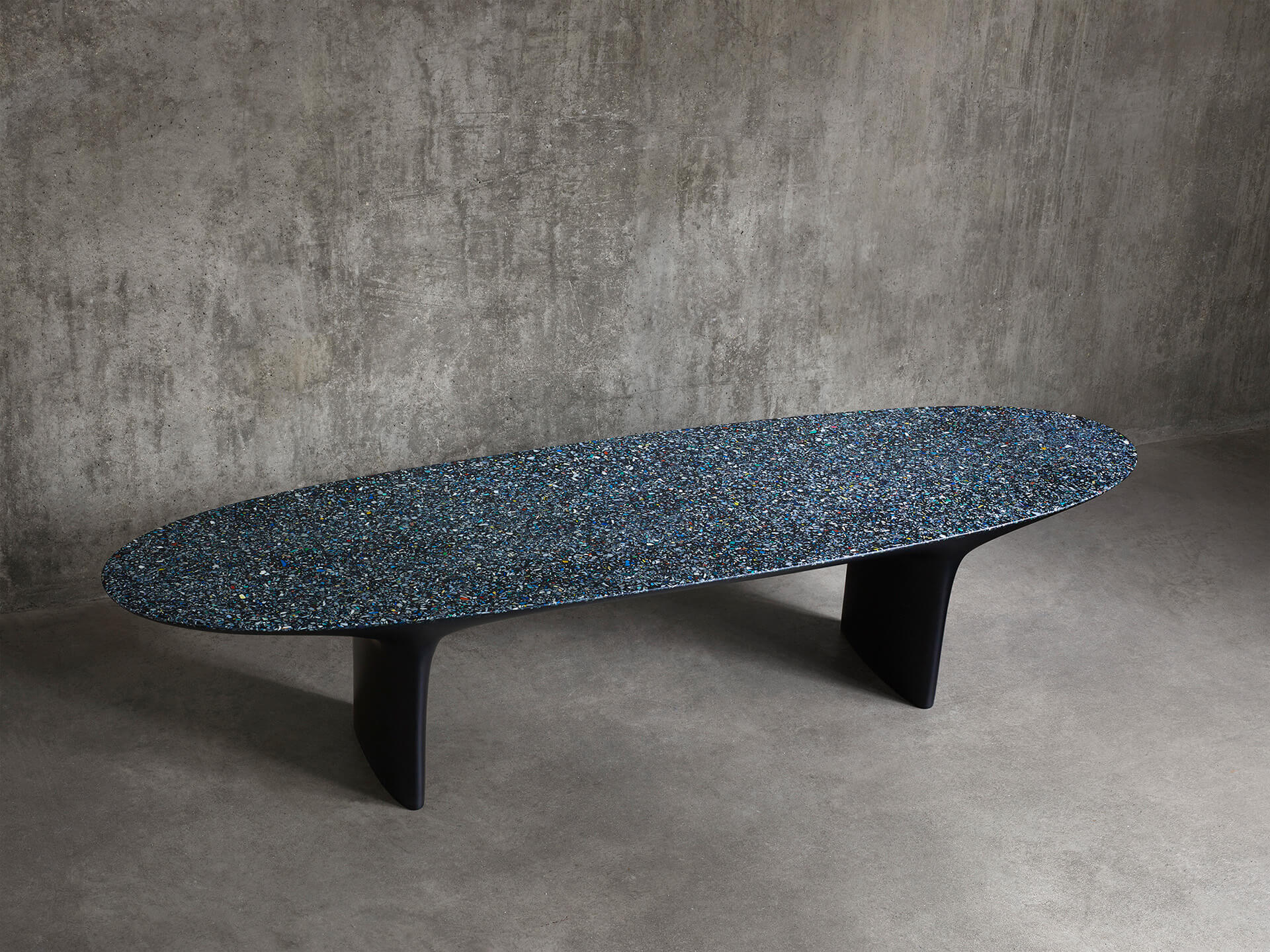Declining nude
Will changing attitudes on race and the treatment of women affect the popularity of one of the world’s most bankable and prolific blue-chip artists? The evidence is inconclusive so far, argues art expert Dr Veronika Lukasova

In 2015, a world record price of US$179 million was paid for a work by Picasso. Les Femmes d’Alger (Version ‘O’) was painted when the artist was 73 years old, and it was considered a rare return to his best form.
The canvas was inspired by Eugène Delacroix’s painting of the same name. Like Picasso, Delacroix was fascinated by African culture as he encountered it in the 1830s. But driven by the belief that he was from a superior civilization, the artist created several works, supposedly depicting local scenes and people, that were, in fact, heavily embellished.
By using the Les Femmes d’Alger – a fabricated scene of a harem – as a starting point, Picasso revisits Delacroix’s male gaze prying into a forbidden world of female seclusion in the Islamic world.
From a contemporary perspective, both artists appropriate and distort the idea of what was then perceived as an ‘exotic’ culture to suit their needs.
I can’t help feeling the same abrasive gaze in the large part of Picasso’s oeuvre that features women who enabled his creativity while he systematically suppressed theirs.
Revisiting male gaze
This year the art world is celebrating 50 years since Picasso’s death with a number of exhibitions. But the anniversary is also sparking fierce debates about his troubled legacy. Neither side of the debate explains why the market for Picasso’s works is apparently so consistent.
According to the AMR index that tracks the work of Picasso, average values remain close to their peak in 2019. Guardian art critic Adam Searle suggested in a recent article that Picasso’s “indisputable awfulness as a human being is part of that complexity. There is no going back on the difficulties. You can’t have Picasso without Picasso.”
I think the reason for the Picasso market strength is more prosaic than that. Having a large oeuvre is an important part of creating a robust market for any critically acclaimed artist. The liquidity establishes a reliable reference of value.
According to the catalogues raisonne of his works, Picasso produced 15,691 unique paintings and drawings, more than 30,000 ceramics and over 70,000 prints – by far the greatest output of any artist who has ever lived.
Picasso's evolving artistic phases
In my role as AMR’s chief data analyst, I see more of Picasso’s works than most – around 750 individual pieces passing through the doors of the major auction houses every year. Very few works sold today are from his most celebrated early years – his blue, rose and early cubist periods. For example, the last rose period painting to be sold at auction was five years ago.
Fillette à la corbeille fleurie (1905) depicts a naked girl with a flower basket and was sold at Christie’s for US$115 million. Most works traded at auction today were produced in the last third of the artist’s life. By this point Picasso was just doing Picasso and focusing on the ‘Picasso’ brand. The output is distinctly uneven, including portrayals of women in explicit detail, more closely resembling pornographic scribblings than works of art.
Navigating the digital age
Breaking down the Picasso index before and after the record sale of Les Femmes d’Alger (Version ‘O’), we find that between 2000 and 2015, the market for Picasso experienced a compound growth rate of 7.8. Since then, the growth rate stands at just 0.5. Is the growing number of younger collectors interested in art choosing to pass on Picasso for the reasons highlighted above?
In 2022, his granddaughter Marina Picasso and her son Florian minted an NFT titled Visage de Couleur. The edition included five limited sets of 200 NFTs plus 10 Visage de Lumiere drops accompanied by a song written by John Legend. It was inspired by a never-seen-before 1958 hand-painted ceramic bowl in Marina's personal collection.
However, the Picasso estate, representing various descendants, blocked the sale. Marina and Florian pressed on and released Man and the Beat Visage de couleur NFT. Sold for the equivalent of US$537, 55 out of 101 NFTs remain unsold. This attempt to attract young audiences to the blue-chip master seems to have failed. The truth is today’s millennial and gen Z collectors are simply interested in other things.
Dr Veronika Lukasova
As an editorial photographer in the US for over ten years, Veronika produced stories for publications such as the New York Times and Washington Post, before her interest in art led to further academic study and a doctorate. As a freelance writer and lecturer on the art market and photography, Veronika is especially interested in the manifestation of emerging technologies and science in the contemporary arts.





